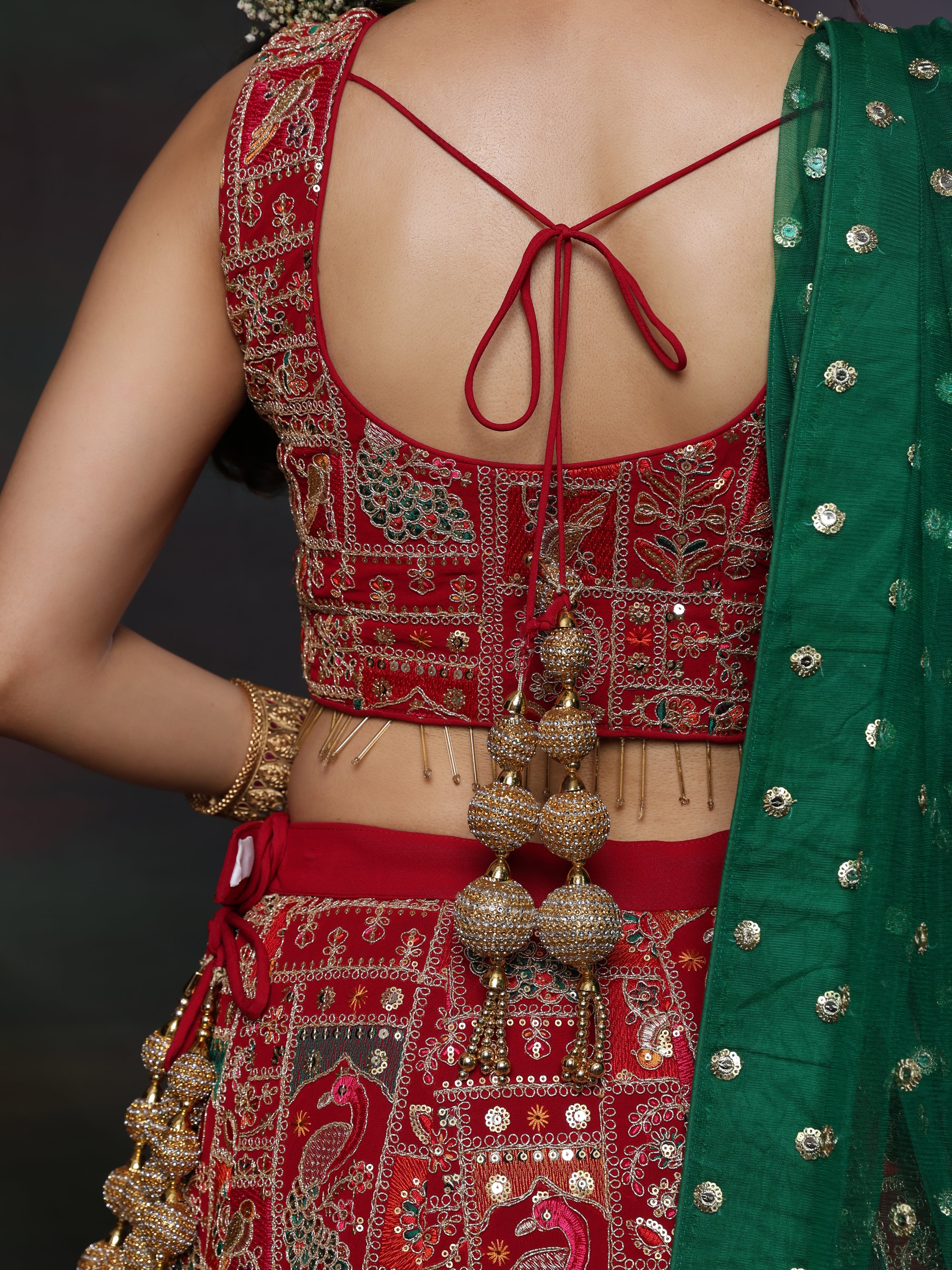Chikankari: Threads of Heritage Weaving Modern Fashion

In the bustling streets of Lucknow, India, lies a centuries-old embroidery tradition Chikankari, also known as Chikan embroidery, is a craft that has captivated hearts for generations with its delicate and intricate stitches. In this article, we will embark on a journey to explore the world of Chikankari, unraveling the stories behind each stitch, its historical significance, and the enduring beauty it brings to the fabric it adorns.
The Origins of this art
Chikankari finds its roots in the Mughal era, dating back to the reign of Emperor Jahangir and his Empress, Noor Jahan. Legend has it that Noor Jahan herself was fascinated by the Persian embroidery she encountered during her travels and introduced it to the artisans of Lucknow. Thus, the art of Chikankari was born, and it quickly gained favor among the Mughal nobility for its ethereal beauty and is still adored.
The Artistry of Chikankari

Chikankari is a labor - intensive and highly skilled embroidery technique. The process begins with the designing of intricate patterns on the fabric, followed by the transfer of the design using wooden blocks and natural dyes. However, the true magic happens when the artisans deftly weave their needles, stitching patterns with fine cotton thread.
The embroidery involves several stitches, including the delicate backstitch, shadow work, and the famous "Pechni" stitch. Each stitch requires precision as it defines the texture, patterns, and overall beauty of the finished piece. It is not uncommon for a single Chikan garment to take several weeks or even months to complete, a legacy to the dedication and patience of the skilled artisans.
A Tapestry of patterns and Stories
Chikankari is not merely a display of artistry; it also serves as a medium to tell stories and convey emotions. The motifs used in Chikankari often depict nature's beauty, such as flowers, birds, and vines, or geometric patterns that symbolize harmony and balance. The choice of motifs and the placement of stitches can enrich the fabric with subtle meanings, turning each garment into a canvas of poetries.
Chikankari Beyond Borders
Over the centuries, It has transcended its regional roots and made its way into the global fashion landscape. Its elegance and sophistication have earned it a place in modern fashion, with designers incorporating Chikankari into contemporary silhouettes and styles. From flowing dresses to ethereal sarees and chic kurtas, Chikankari adapts seamlessly to diverse fashion preferences while preserving its timeless Charm.
Sustaining a Heritage
It is not merely an embroidery technique; it is a living heritage that holds cultural significance and empowers countless skilled artisans, many of whom are women. The art form has seen its share of challenges, but efforts by various organizations and fashion enthusiasts have helped in preserving and promoting Chikankari as a symbol of India's rich Cultural Legacy.
Summation
Chikankari is more than just an embroidery technique; it is an enchanting poetry of stitches that weaves together threads of history, artistry, and culture. Its timeless elegance and enduring beauty continue to enthrall and inspire generations, making it not just an art form but a celebration of the human spirit. As we celebrate the legacy of it, we honor the hands that stitch each masterpiece, passing on a poetic tradition that will endure for generations to come.




